The new engine, derived from the Ford Duratec V6, was built in Britain by Cosworth Technology and produced 420bhp/400lb ft of torque. With four cams and four-valve heads, it was capable of 7,000rpm. Mated at first to a regular five-speed torque-converter automatic transmission, when the engineers introduced a ZF ‘Touchtronic’ gearbox, DB7 V12 Vantage drivers could enjoy instantaneous gearchanges via ‘+’ and ‘-’ buttons on the steering wheel. A six-speed manual was also available and did, in fact, give the model’s ultimate 184mph performance.
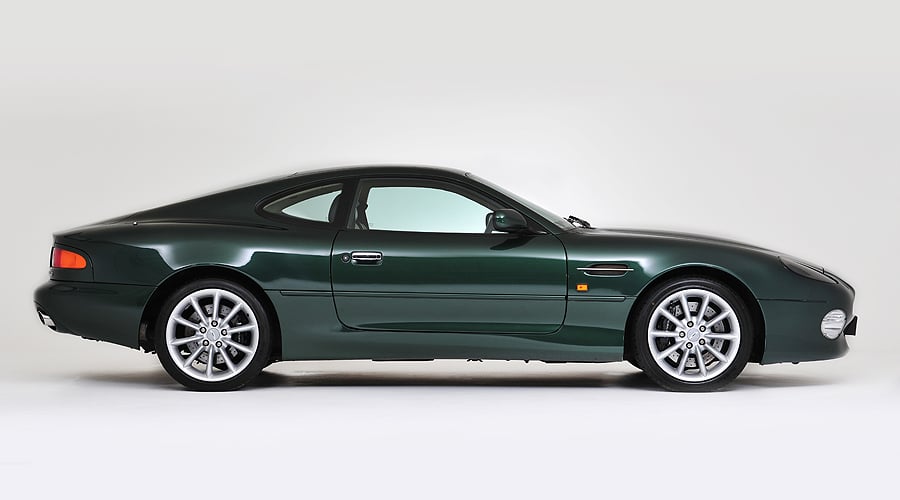
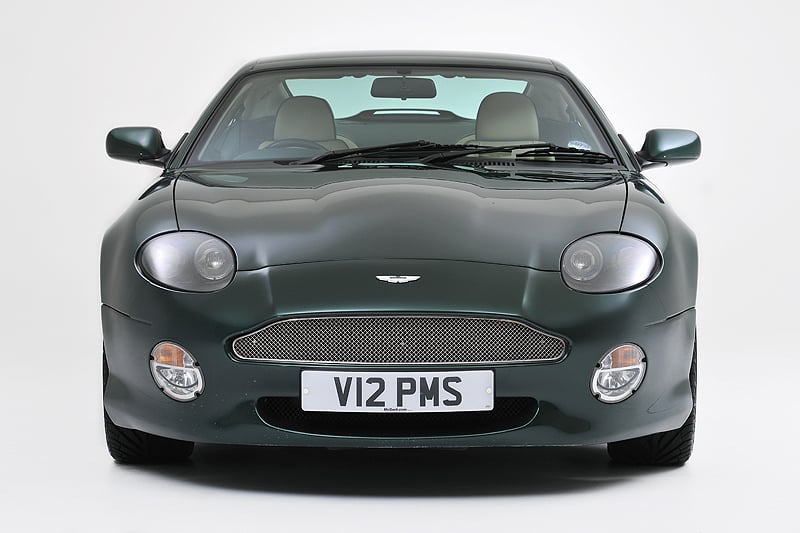
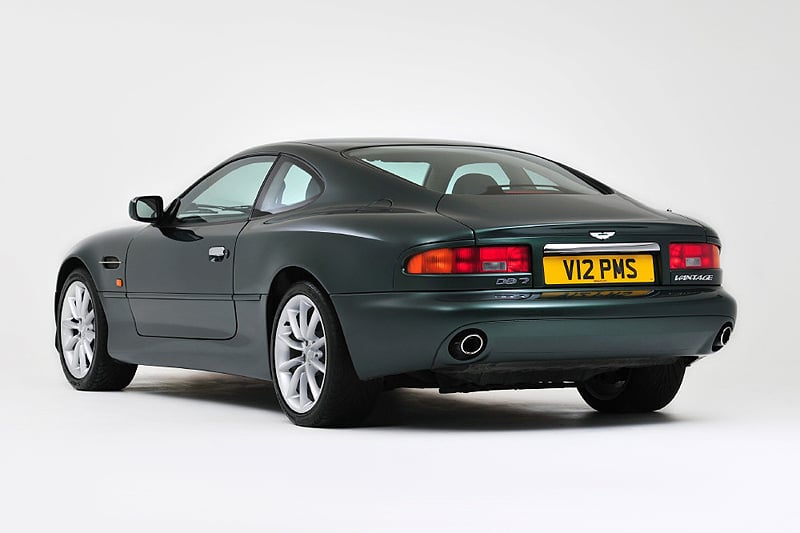
The chassis was extensively redesigned and improved to cope with an almost 33% increase in power. Bigger (Brembo) brakes, new front wishbones and a now double-wishbone set-up at the back were more than enough to handle a V12 that was soon to appear in (only slightly) uprated form in the Vanquish.
Ian Callum was in charge of styling revisions and the inherent beauty of the original DB7 was made more masculine with revised flanks, new sills, a new rear bumper and a wider front grille. The latter was a necessity, to allow more cooling air to the much more powerful engine.
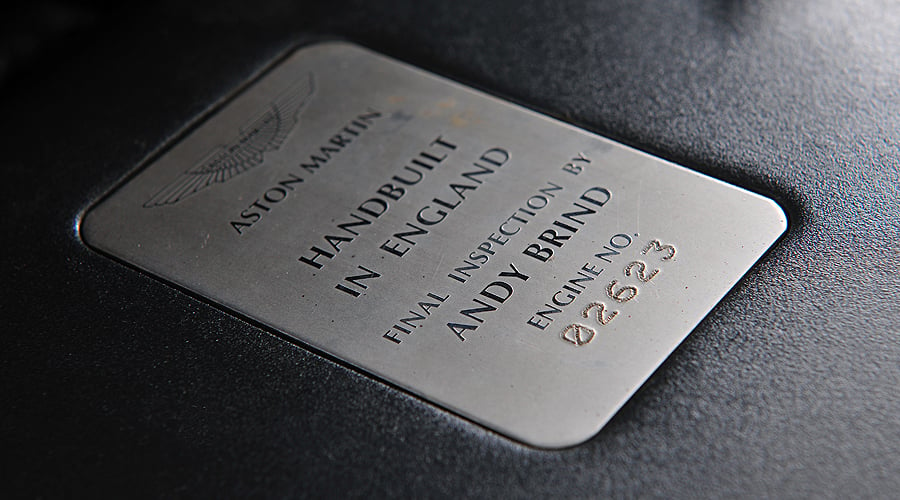
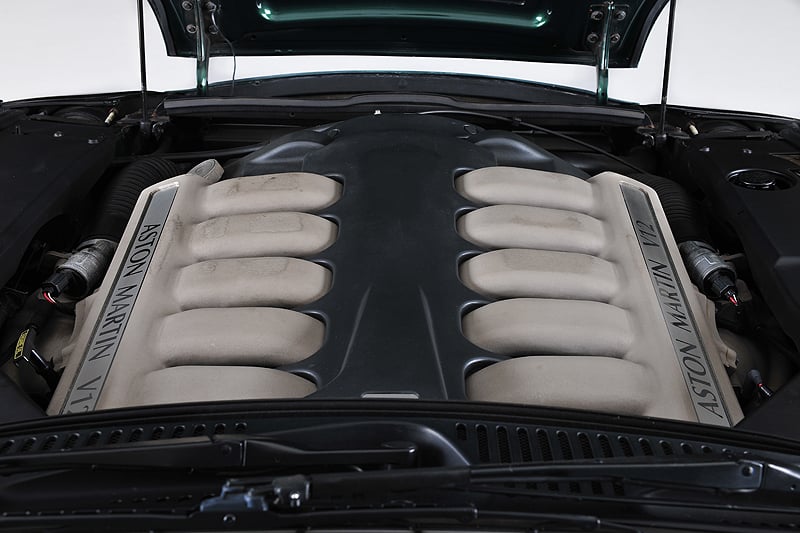
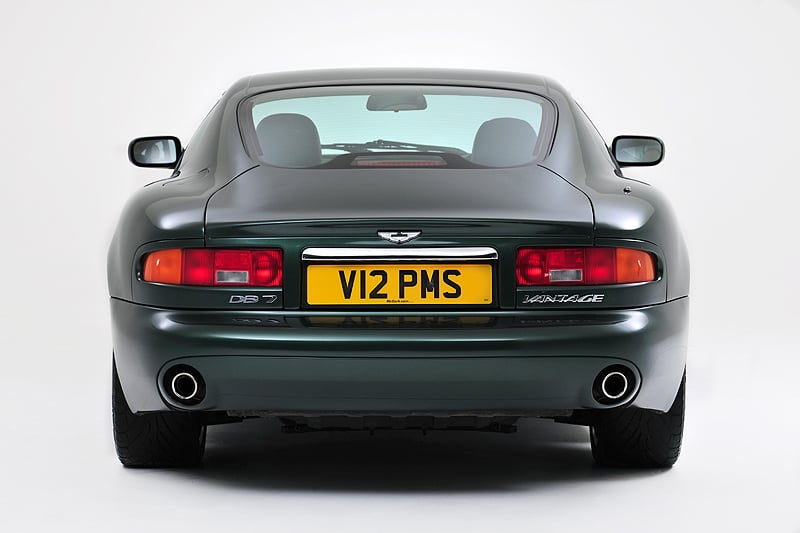
Inside, a red starter button was incorporated into the centre console, close to a new analogue clock that replaced the previous model’s slightly dubious digital one. The new sports seats were more comfortable, gave better support when driving as hard as the latest car was capable, and also allowed greater interior space.
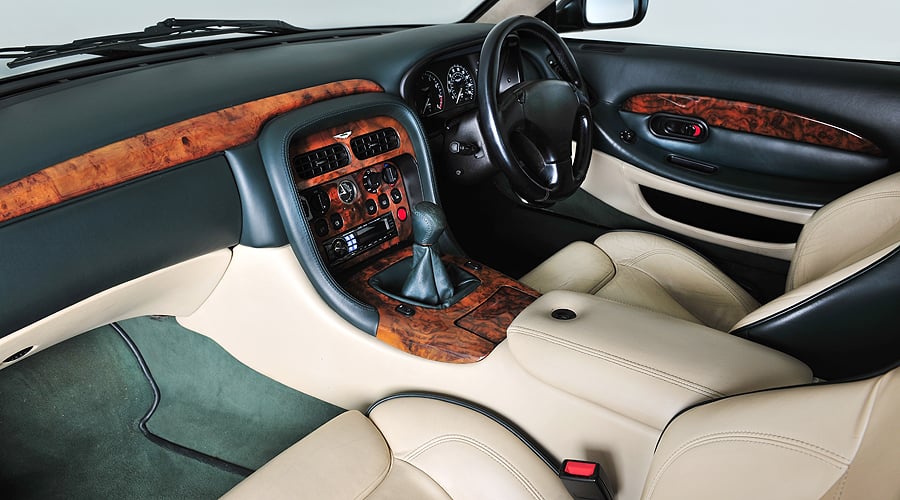
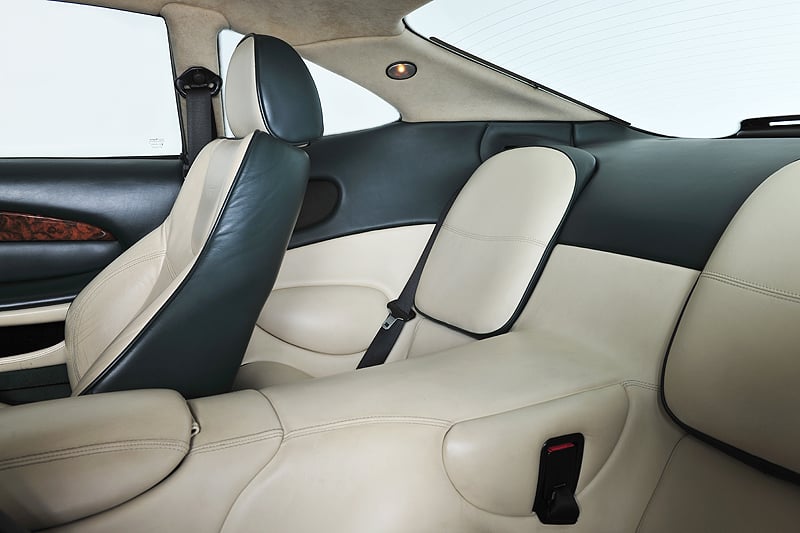
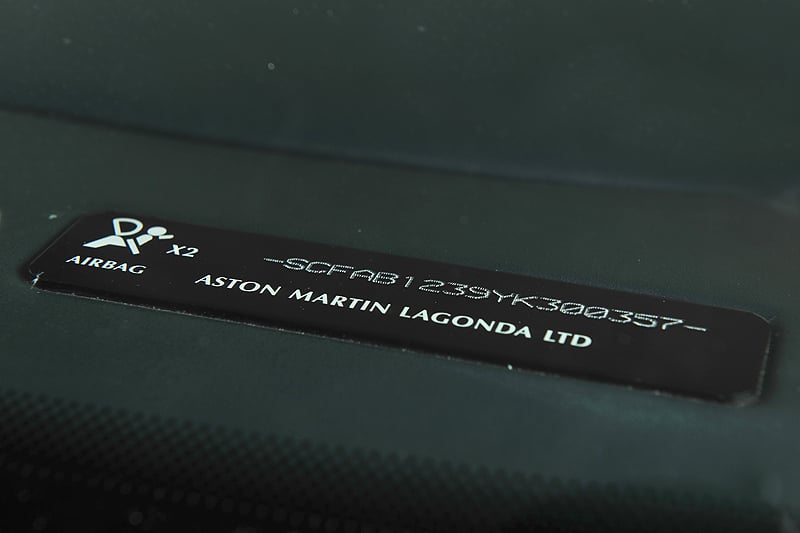
Over its four-year life, the DB7 V12 Vantage, in Coupé, Volante as well as later GT and GTA forms, maintained worldwide sales and gave the company breathing space in which to prepare for the ground-breaking DB9, to be built at the all-new factory at Gaydon.
Nowadays, the car still looks fresh and has a loyal group of followers, many of whom prefer it to early Gaydon production. Faced with the ‘V8 Vantage or DB7 V12 Vantage?’ conundrum, for some the additional four cylinders endow the ’7 with something indefinably 'extra' – much as going from i6 to V12 did in 1999.
Photos: Byron International












